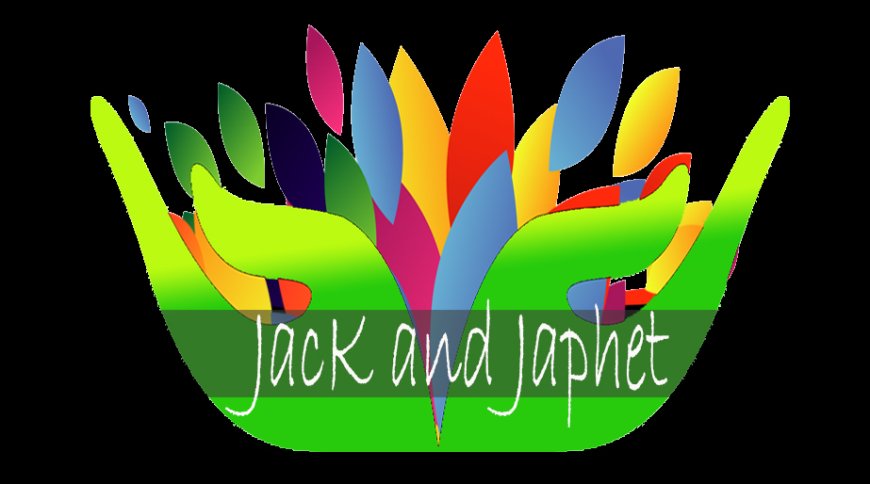Saga Castle Town Hina Matsuri
Celebrate young girls and local craftsmanship at the Saga Castle Town Hina Matsuri Festival


Also known as Girl’s Day, hina matsuri is an annual festival held across Japan where people wish for the health and success of young girls. With lots of decor on display and plenty of interactive activities, Saga’s Girl’s Day festival offers nearly 30 days of fun for the whole family.
Hina Matsuri

Photo by: PIXTA/ ふみ Hina dolls
Although the first Hina Matsuri was held in the 17th century, its roots date back to the Heian Period (794-1185). Hina dolls were historically toys that young girls played with that resembled the imperial family and members of the court. Through playing with these dolls, girls learned about the social rules and expectations that structured elite life in the Heian Period. Over time, dolls took on other roles as well, especially in purification rituals. Dolls were instrumental in removing impurities from an individual’s life in hopes of producing a more prosperous future. In the 17th century, Hina Matsuri as we know it today was born with elaborately decorated dolls intricately arranged on a multi-tiered platform with the purpose of blessing girls with good health and fortune.
Saga Castle Town Hina Matsuri

Photo by: PIXTA/ むら智 Beautiful Hina Matsuri decor is on display at the Saga City Cultural Museum.
Located in Saga Prefecture, the town’s Hina Matsuri lasts about a month and ends soon after Girl’s Day (March 3). In addition to celebrating young girls, this festival also welcomes the start of spring. While Hina Matsuri events take place throughout Japan, Saga’s version has its own local characteristics. The Nabeshima clan ruled over present-day Saga during the Warring States Period and into the feudal era. The clan ordered the production of beautifully crafted dolls that integrated local techniques. In particular, dolls created during the reign of the Nabeshima clan wear clothes made of Saga Nishiki, a type of textile unique to the region.
People often eat traditional foods to celebrate Girl’s Day. Common dishes that you’ll find in most of Japan include chirashizushi (vegetables, seafood and egg served with vinegared rice) and hina arare (rice crackers colored pink, white, yellow and green). But, Saga also has regional dishes too. Ocha gayu is a type of rice porridge served during the festival.
Festival Highlights
Check out dozens and even hundreds of hina dolls on display in town. The Saga City Cultural Museum has dolls from the Nabeshima clan in Saga Nishiki. Additionally, the Chokokan Museum features other items belonging to the Nabeshima family, including an additional 500 dolls on display.









